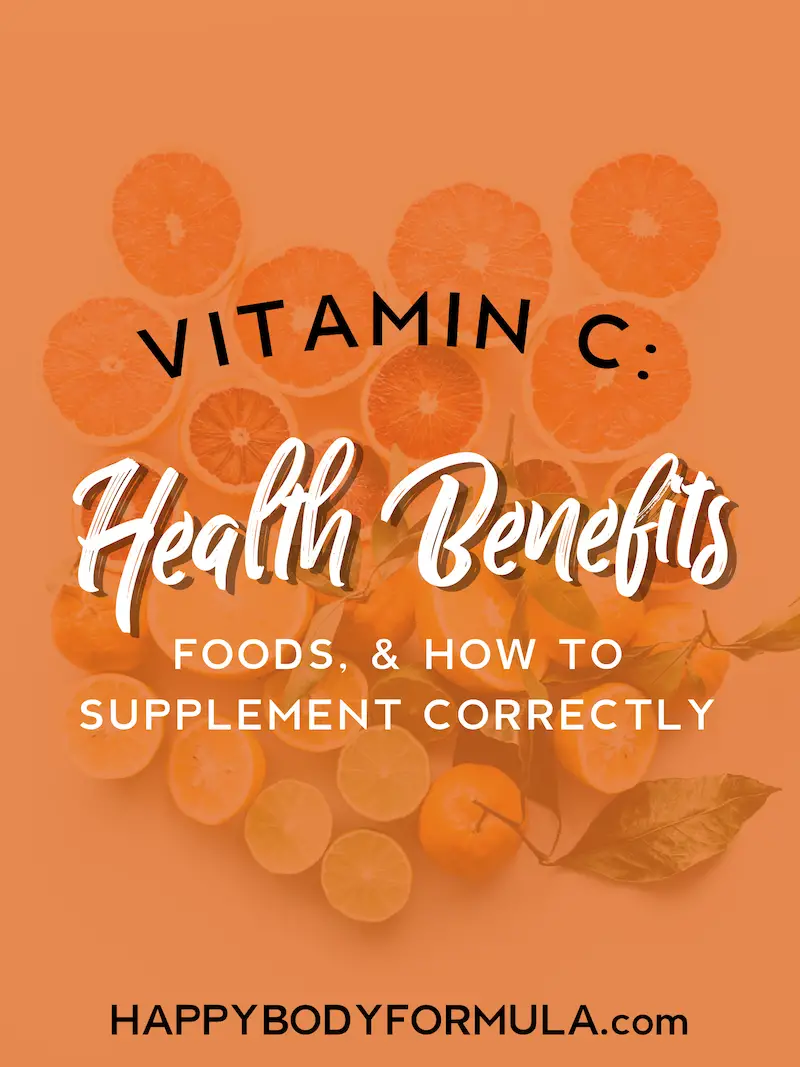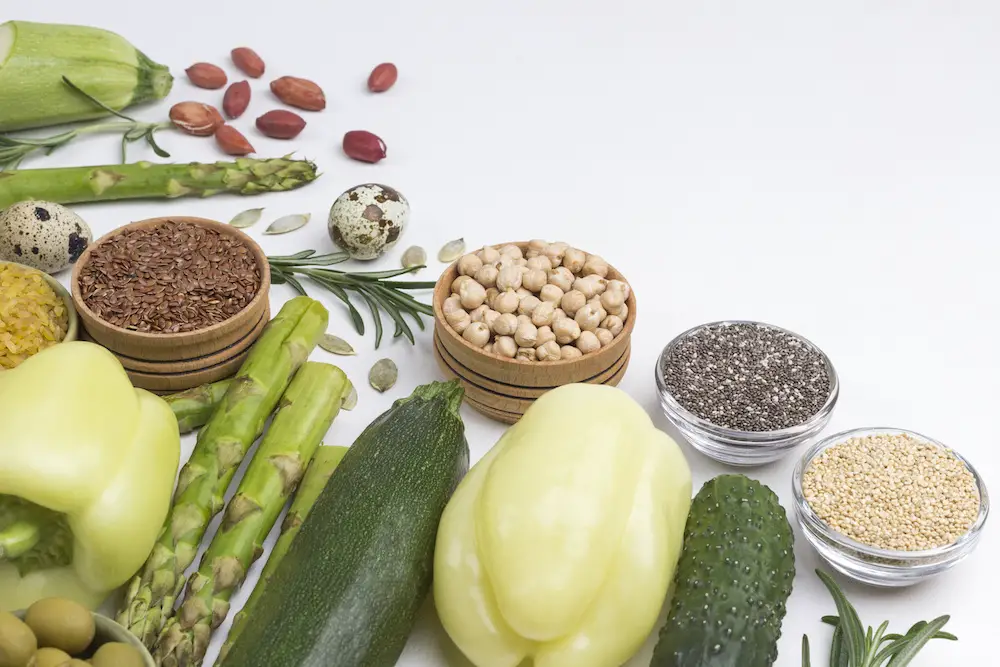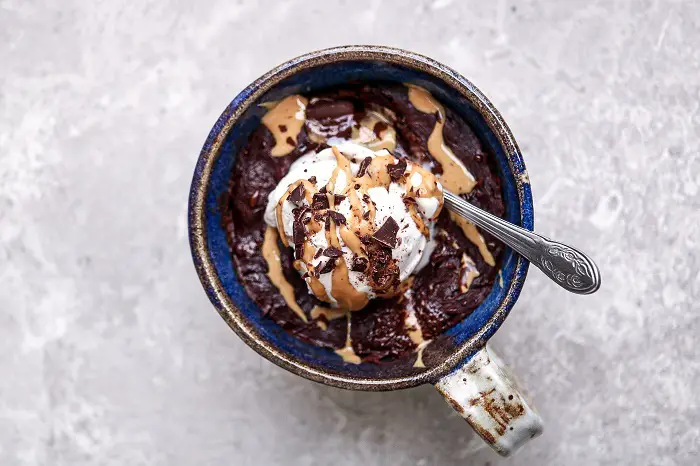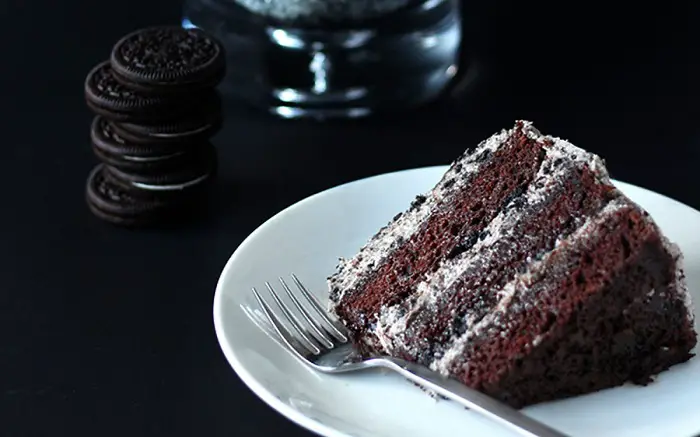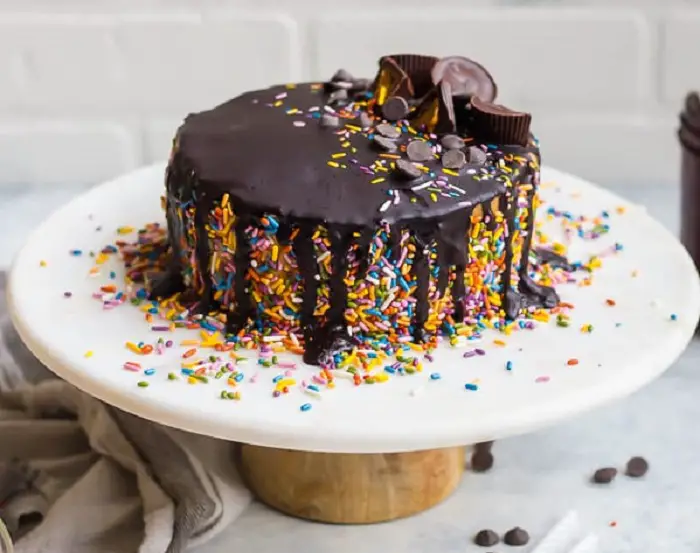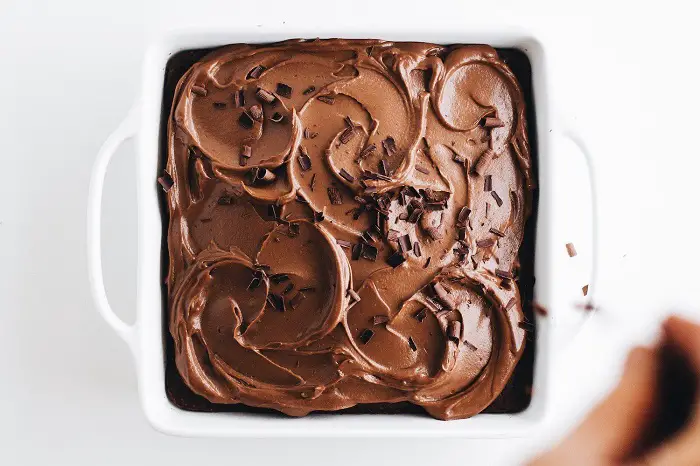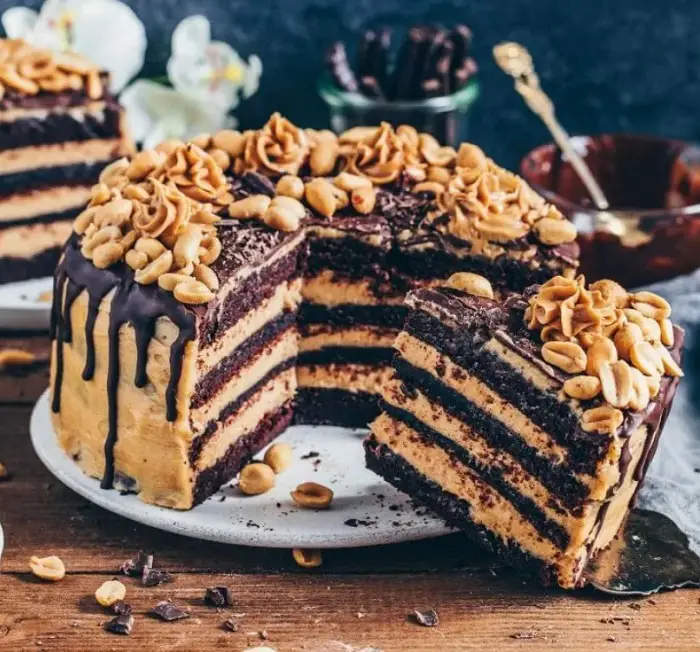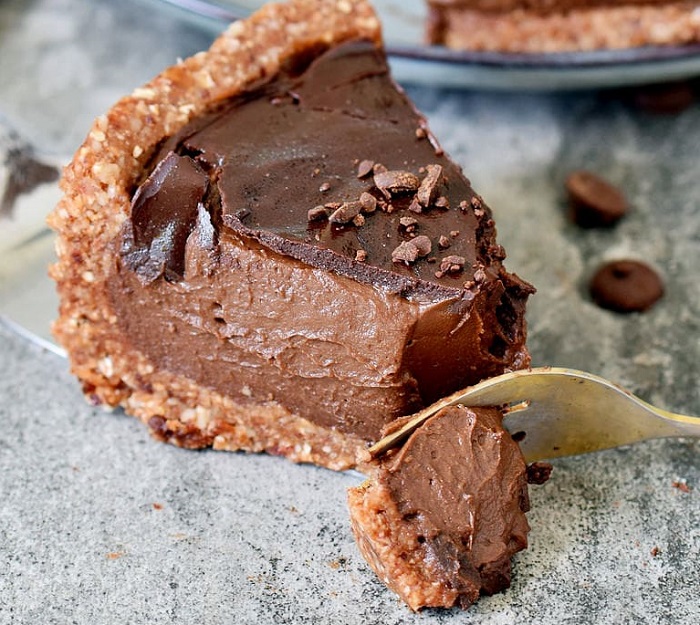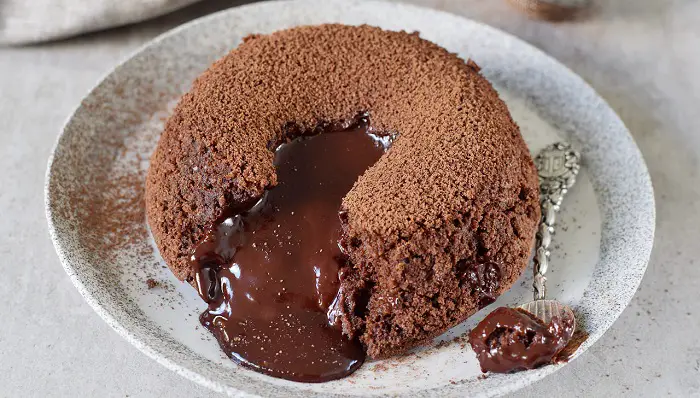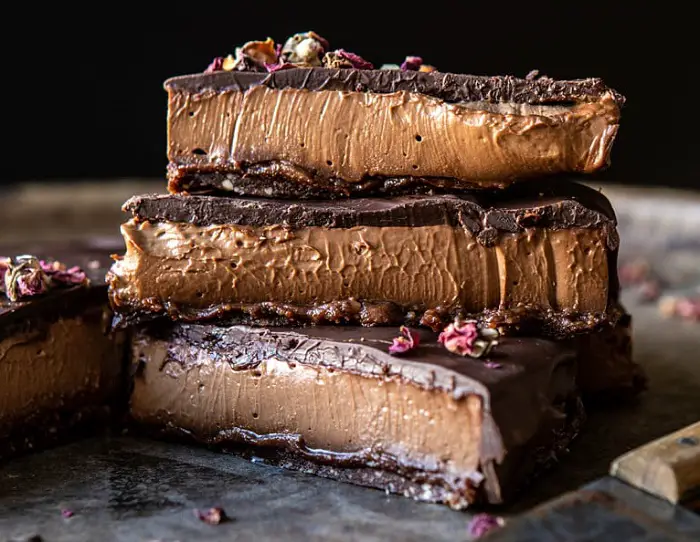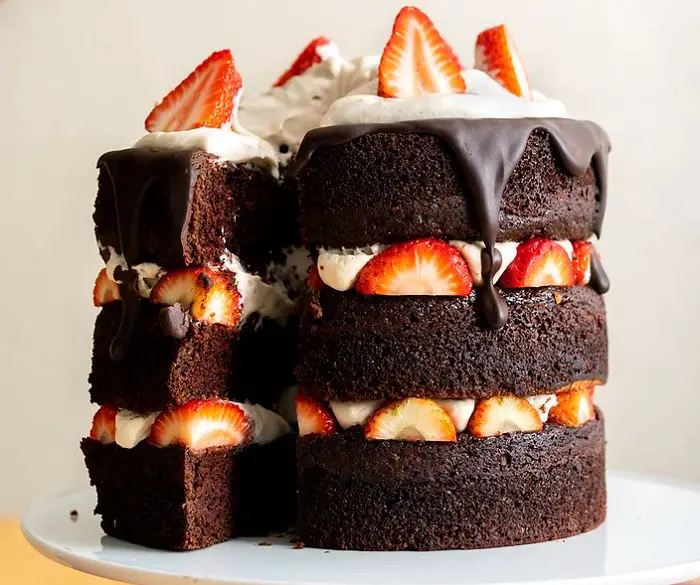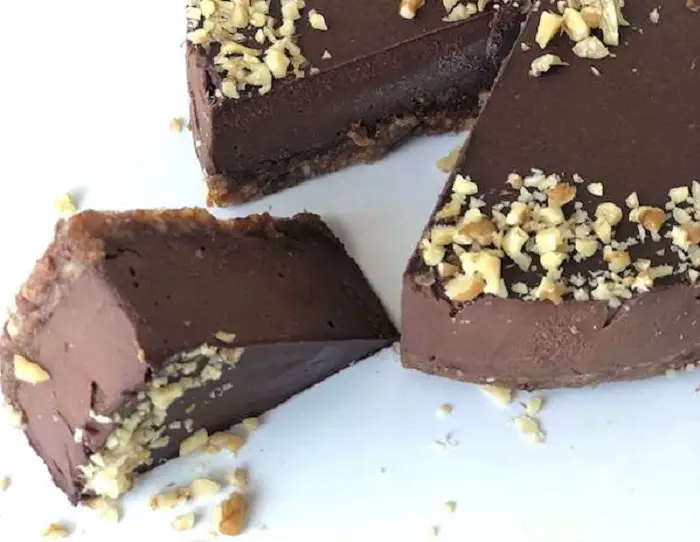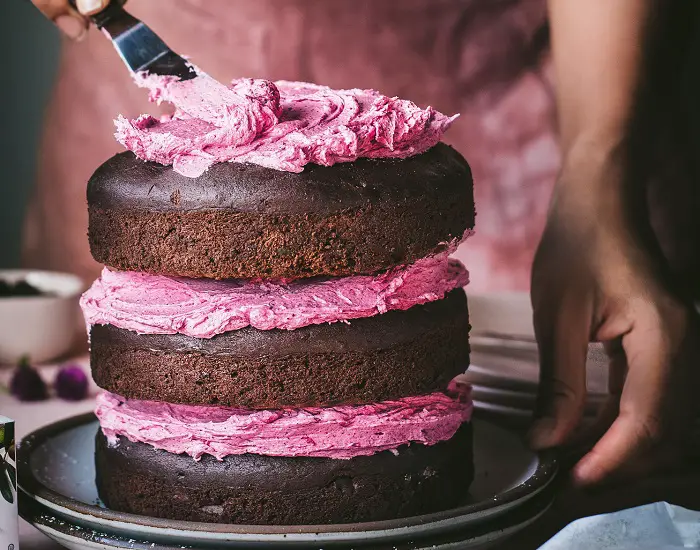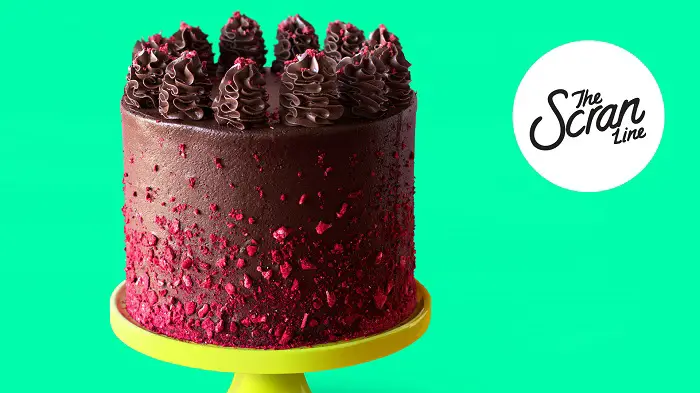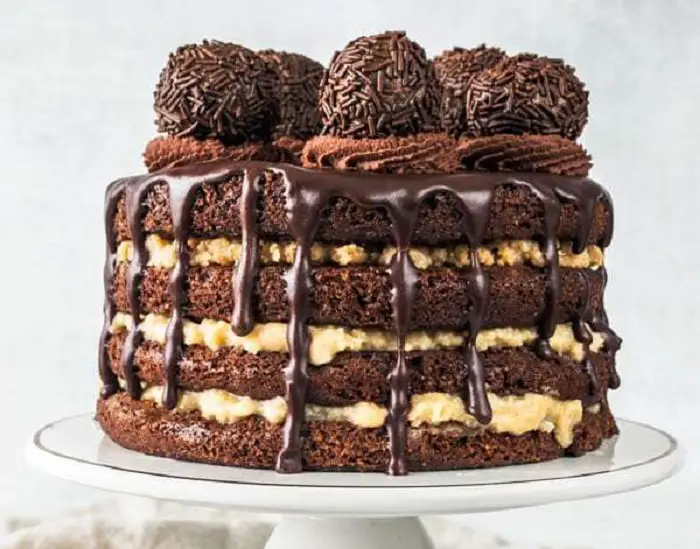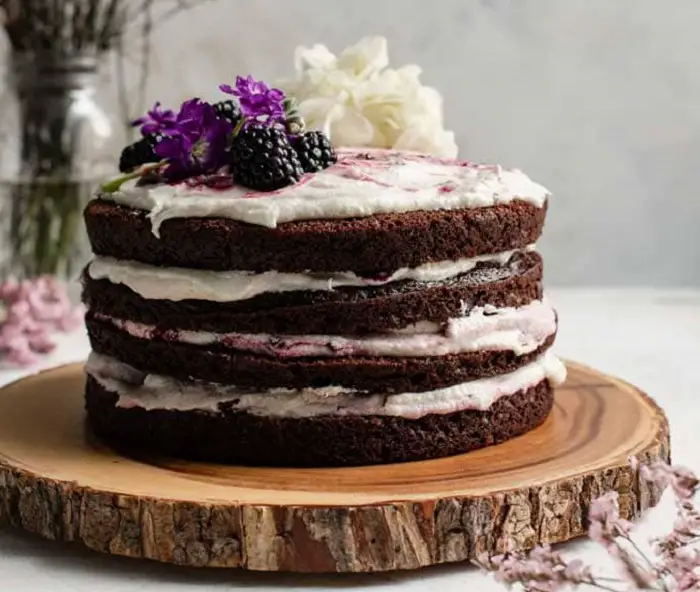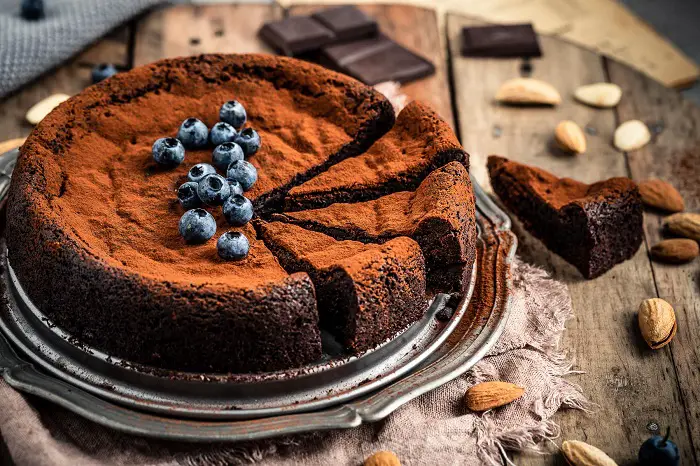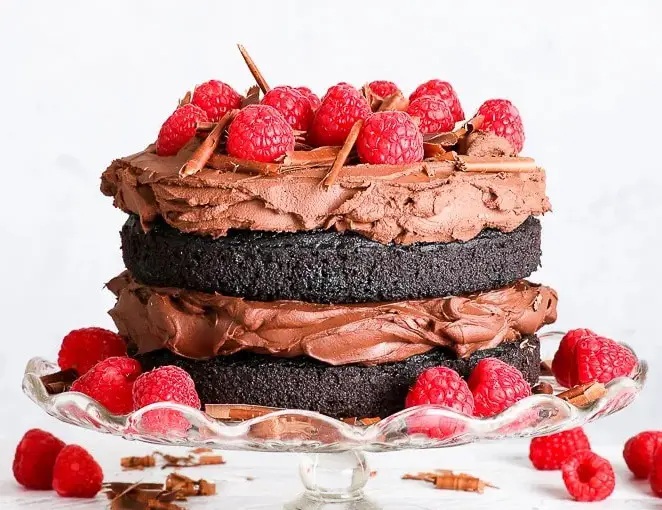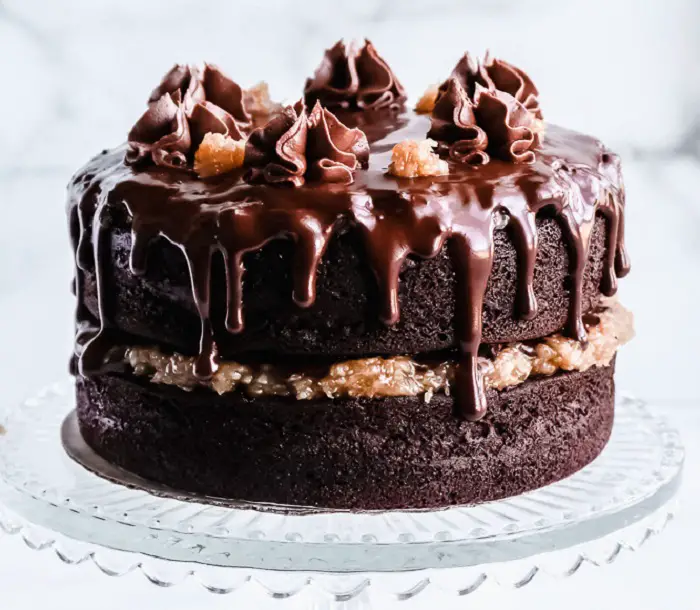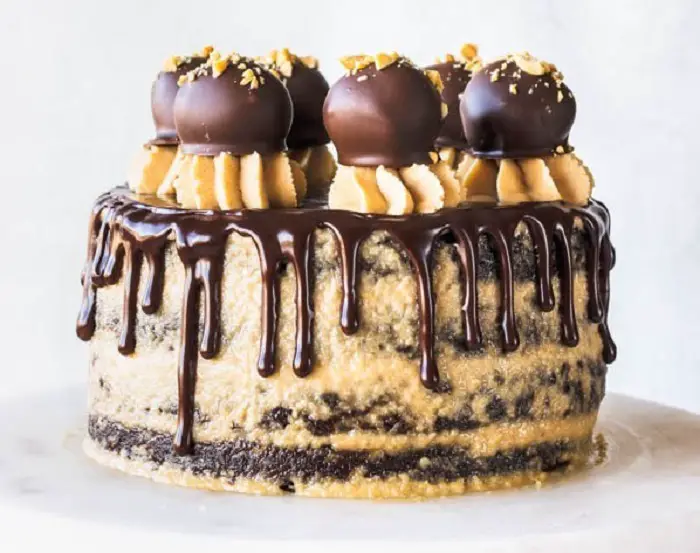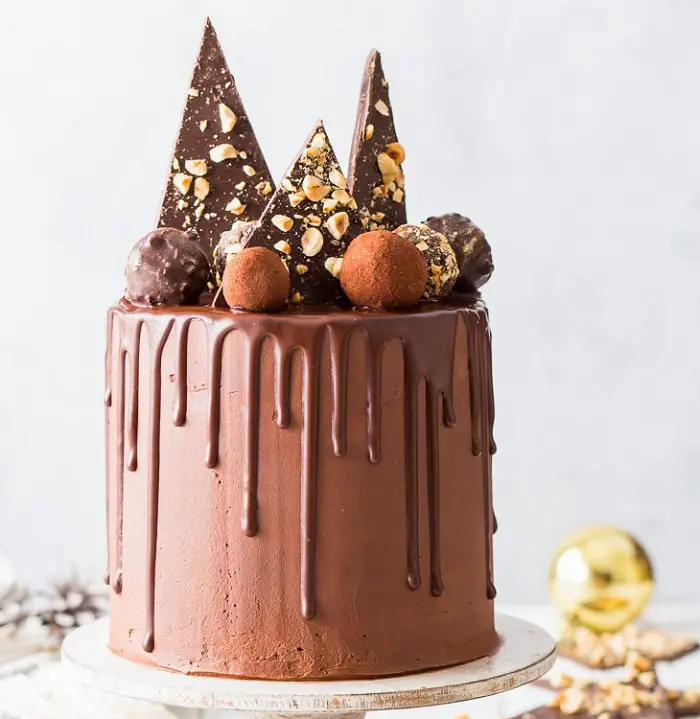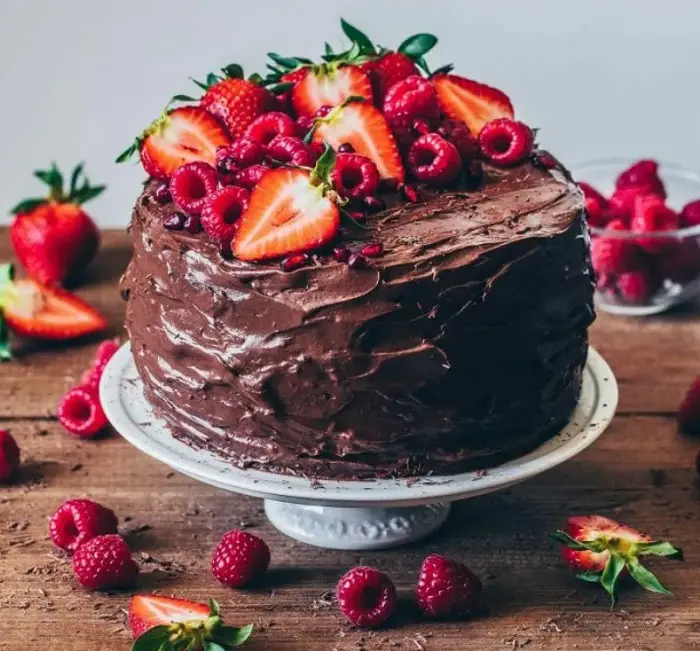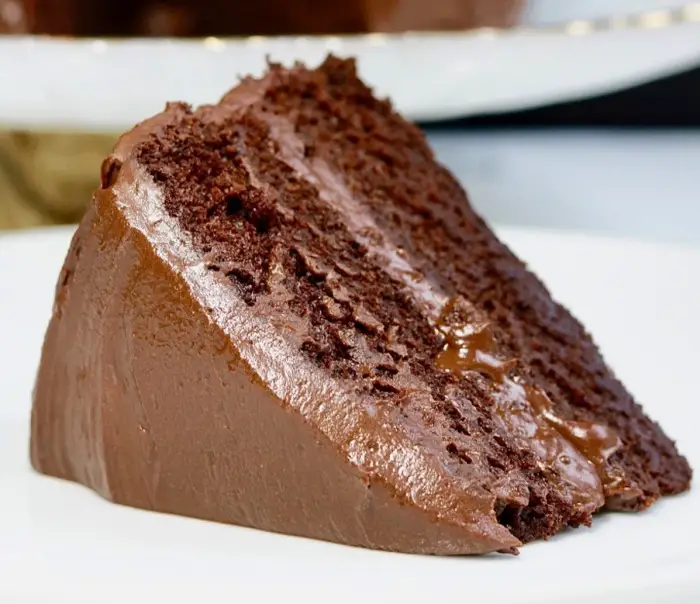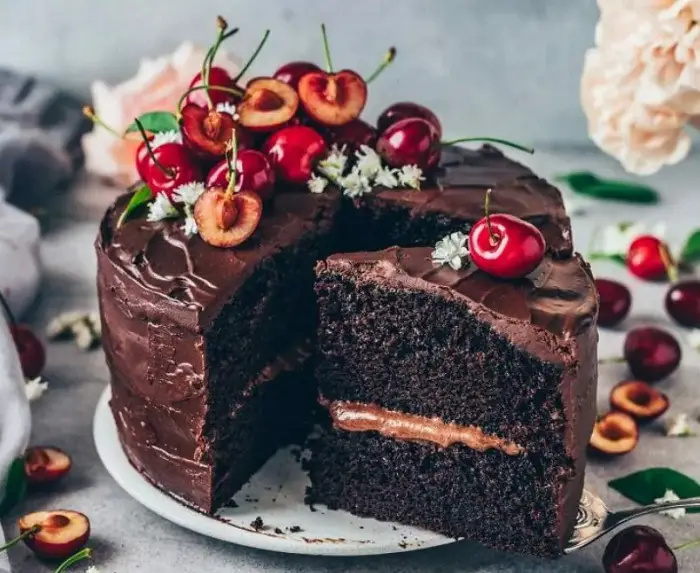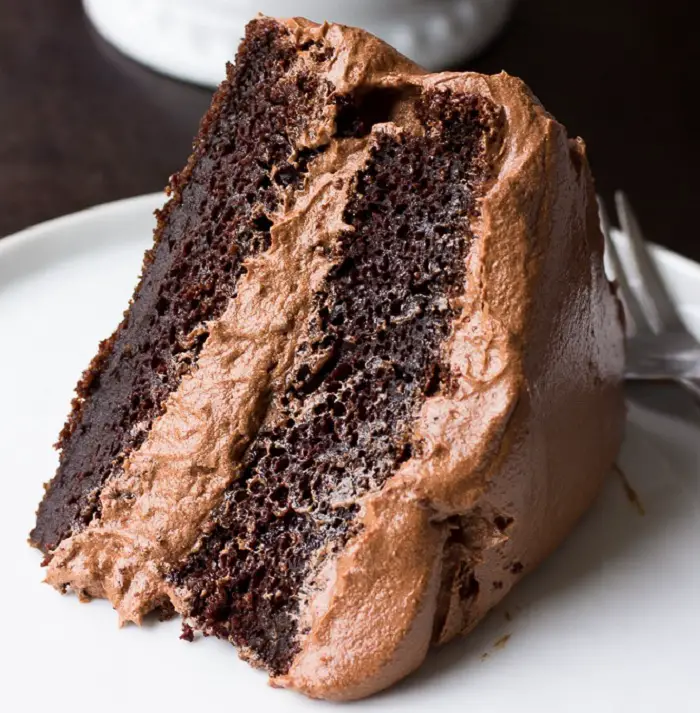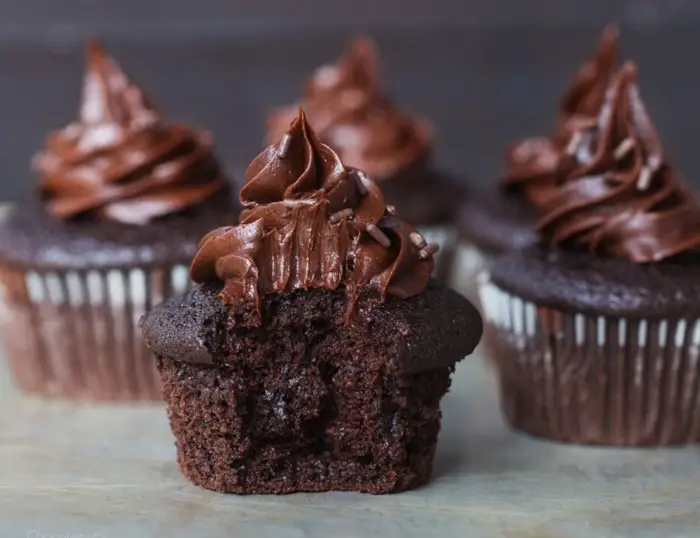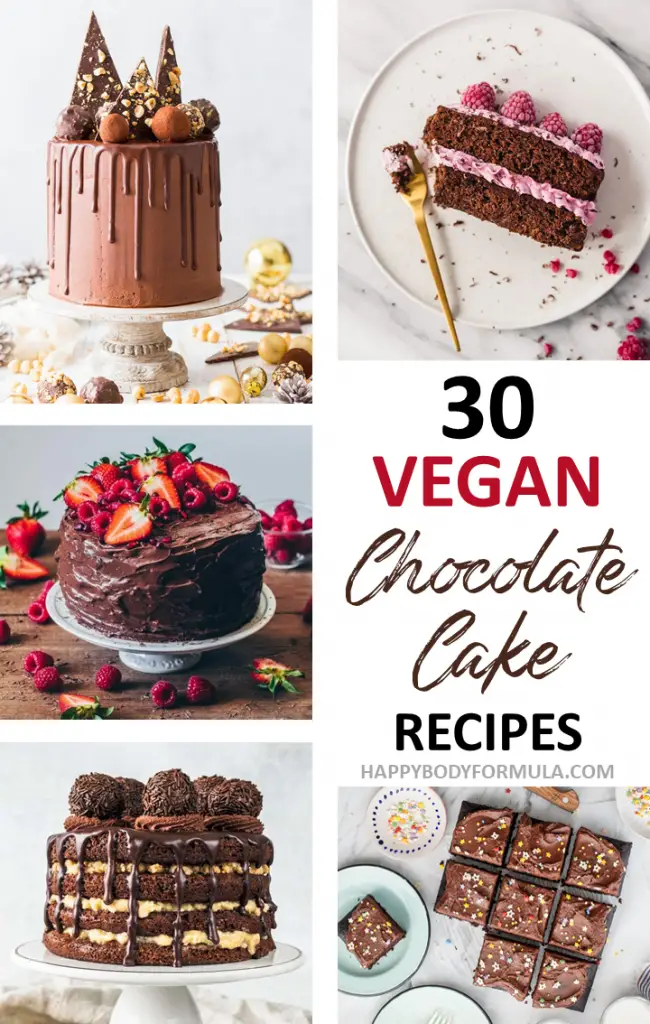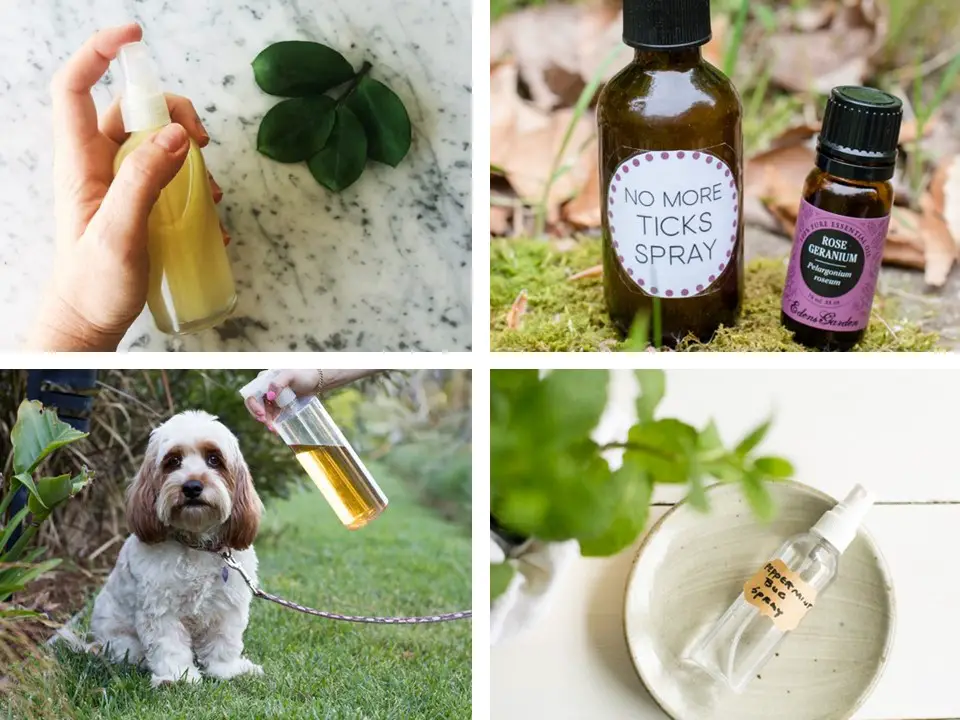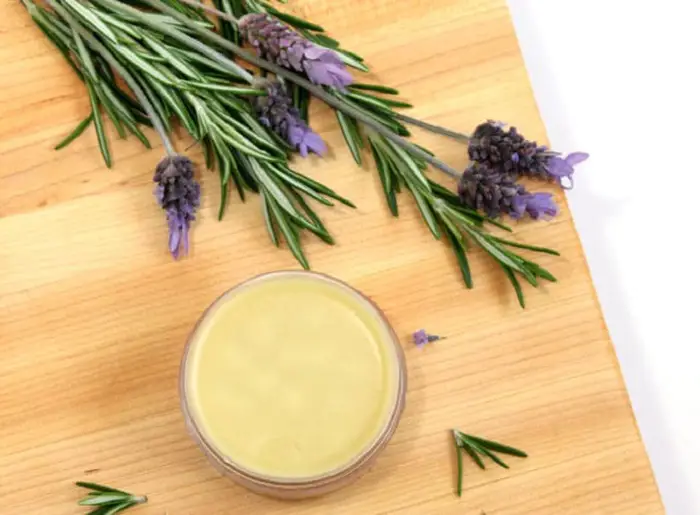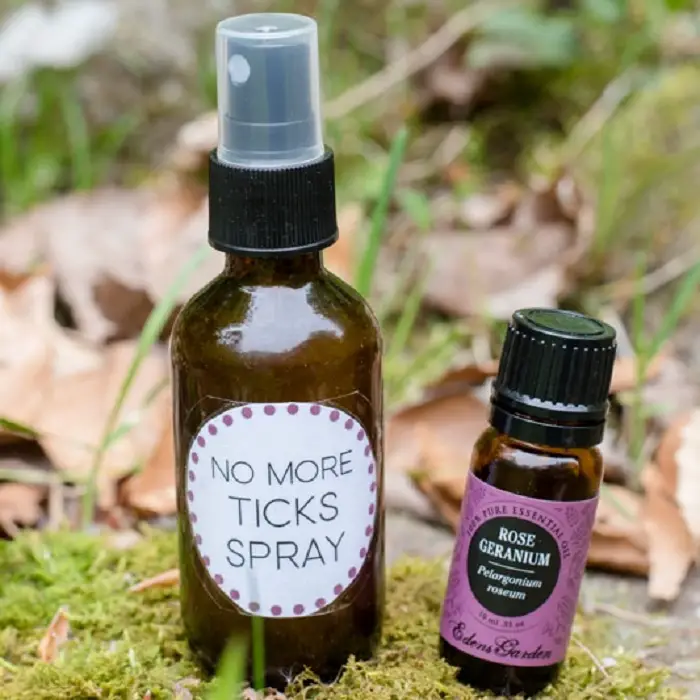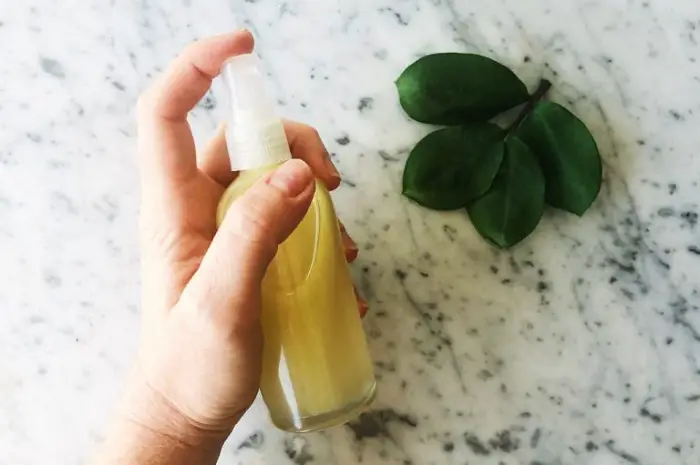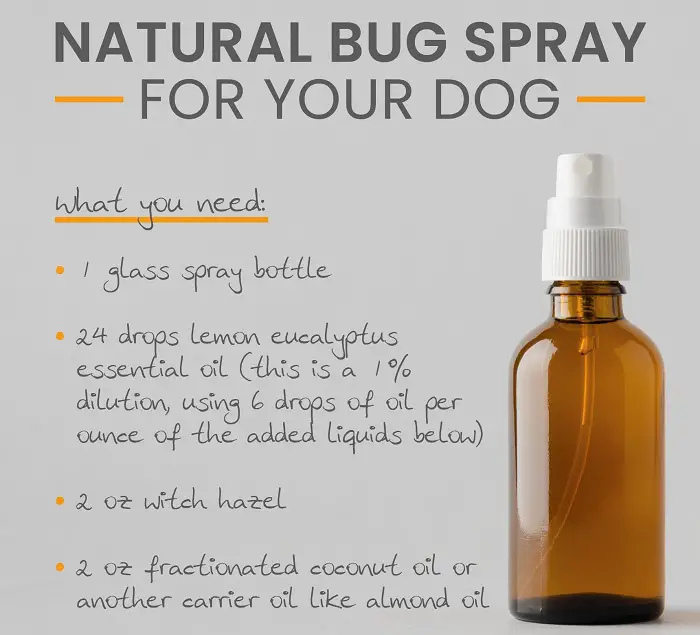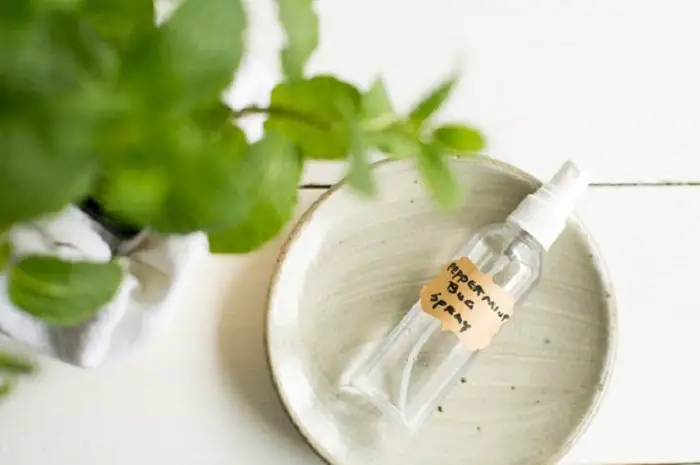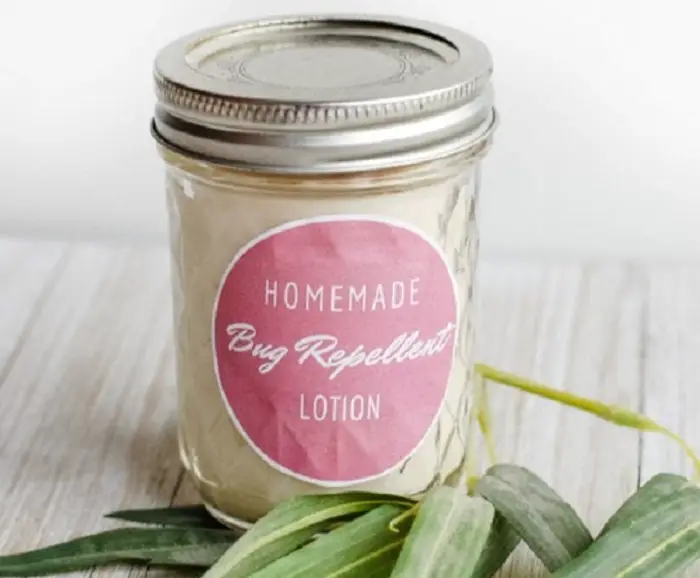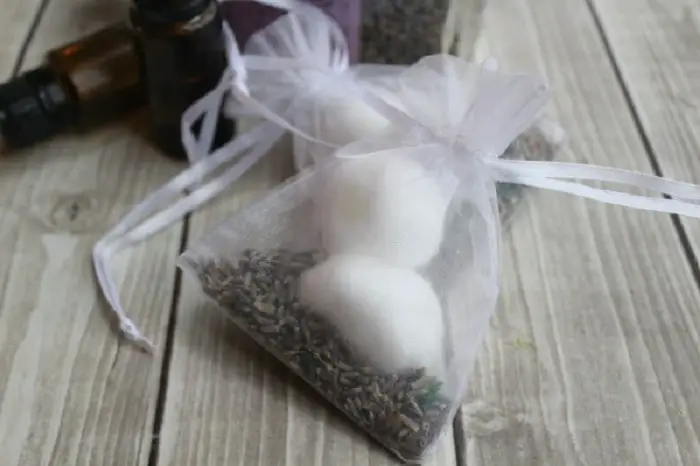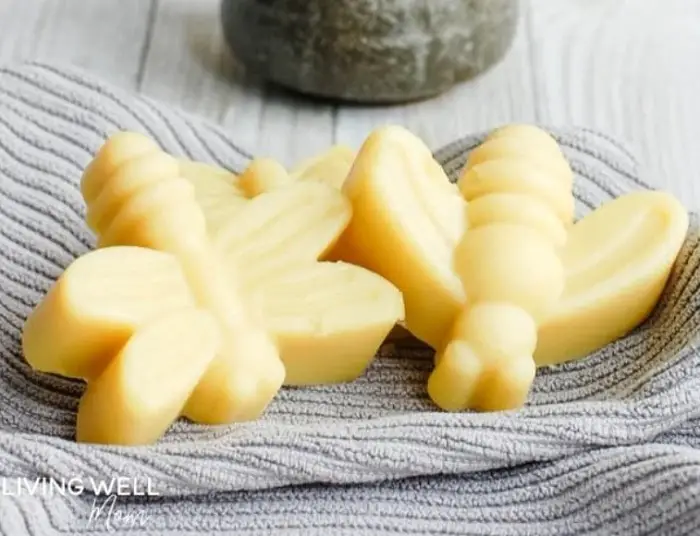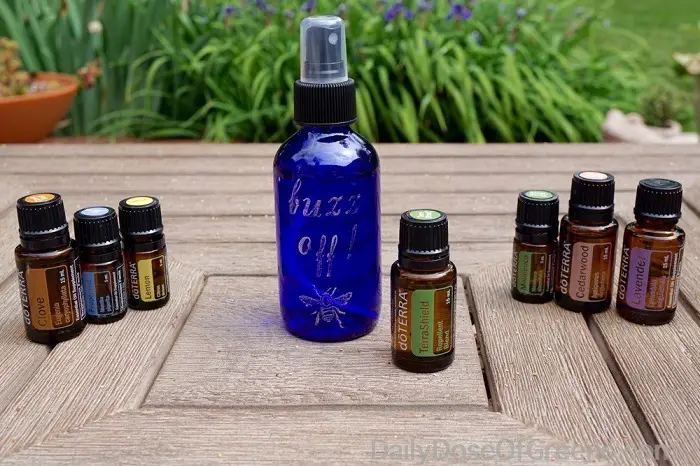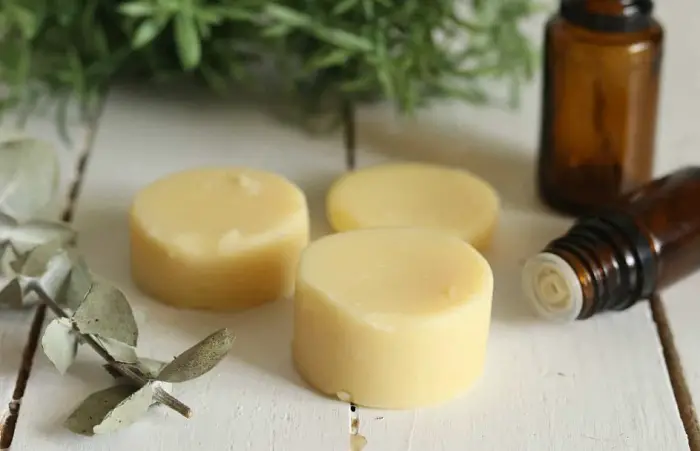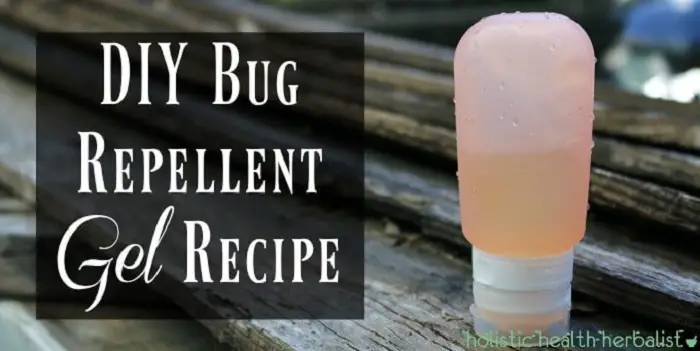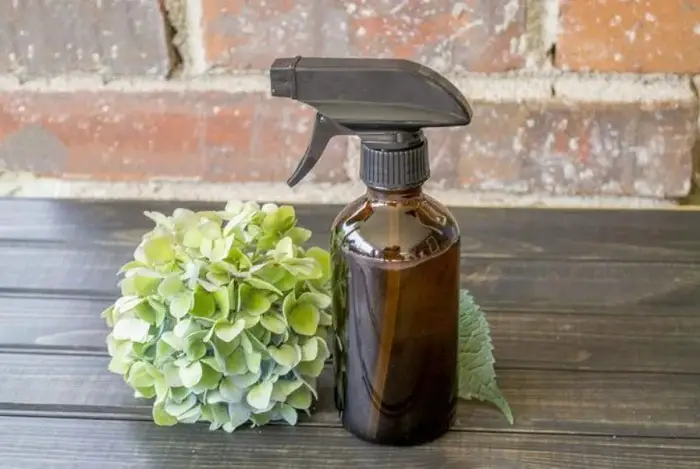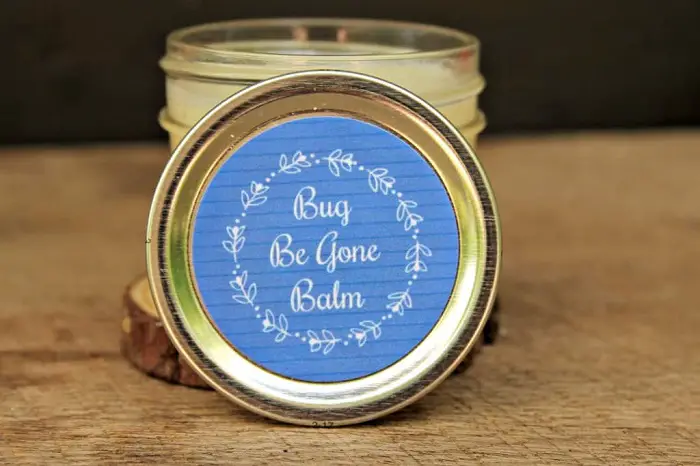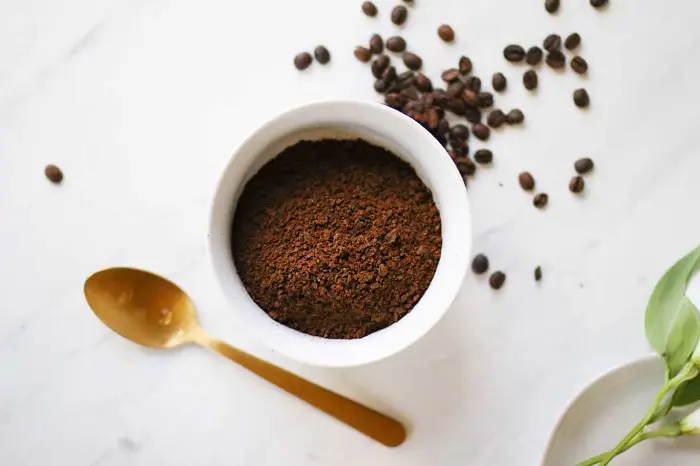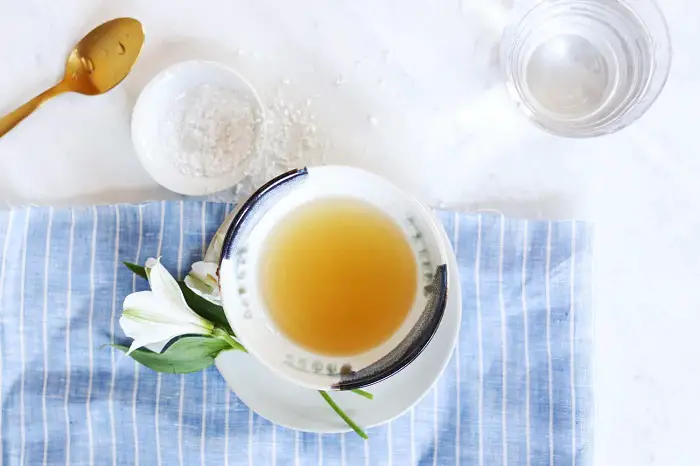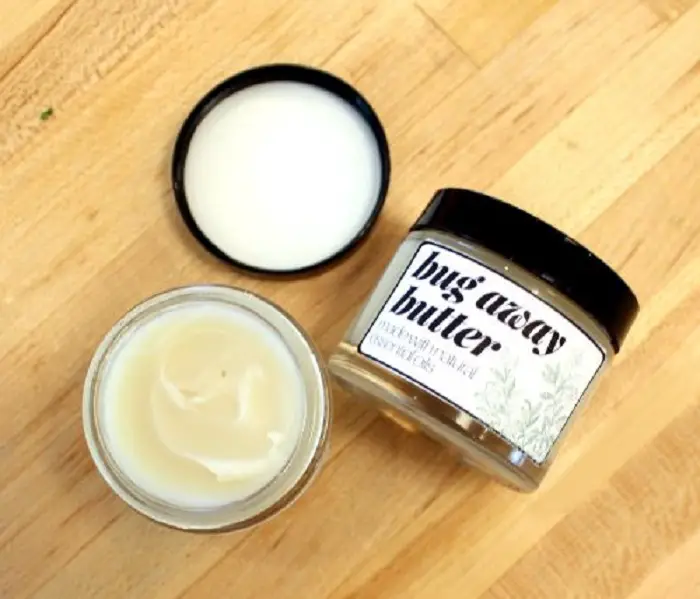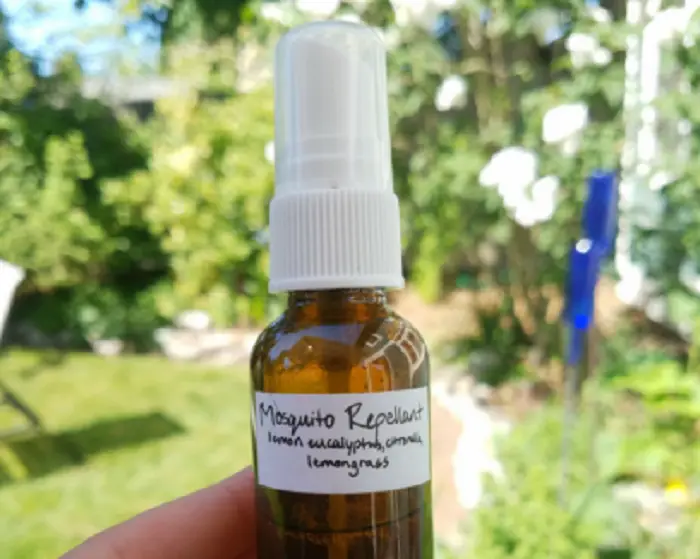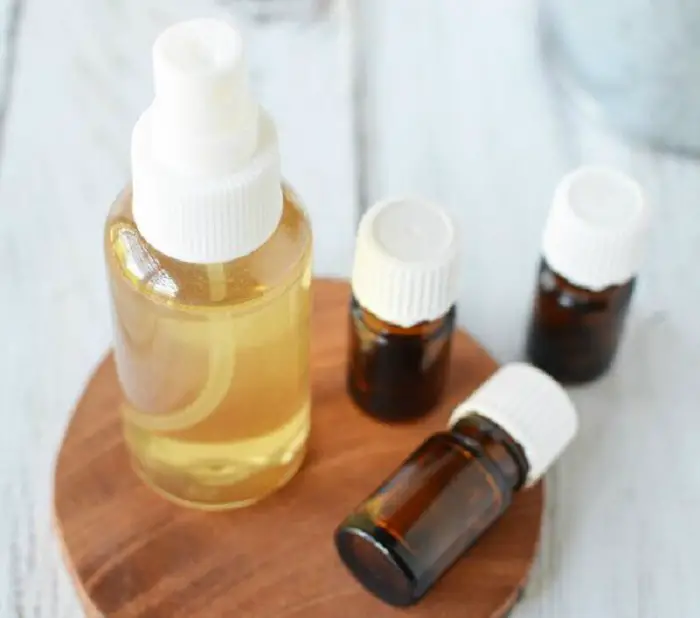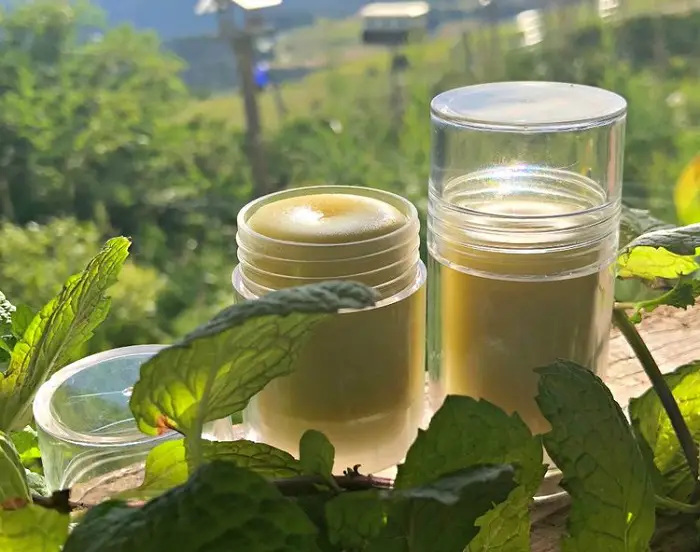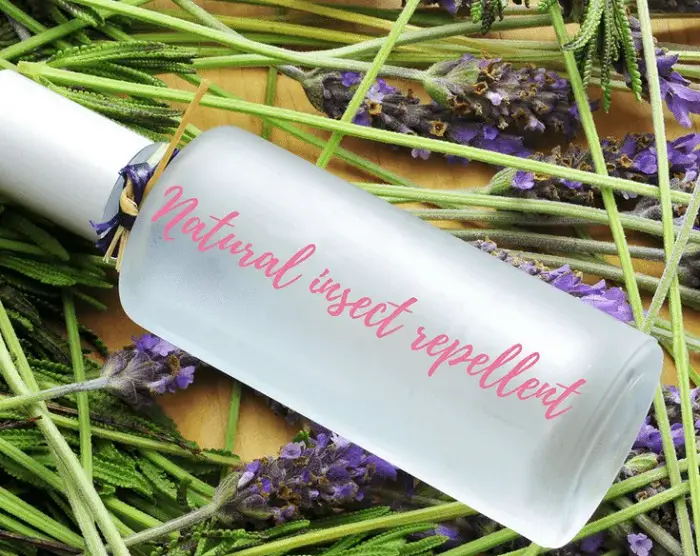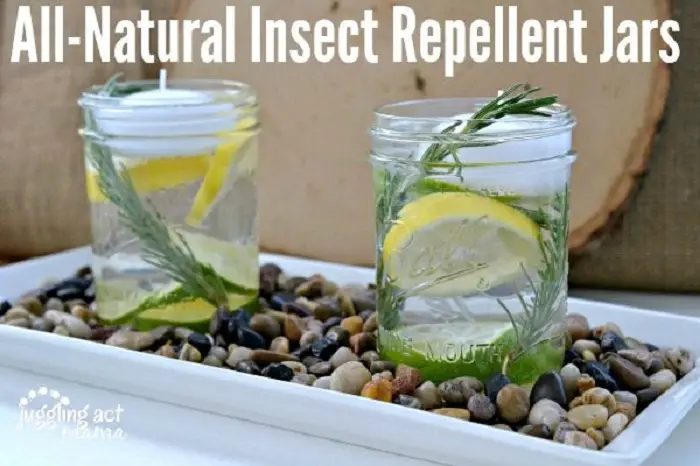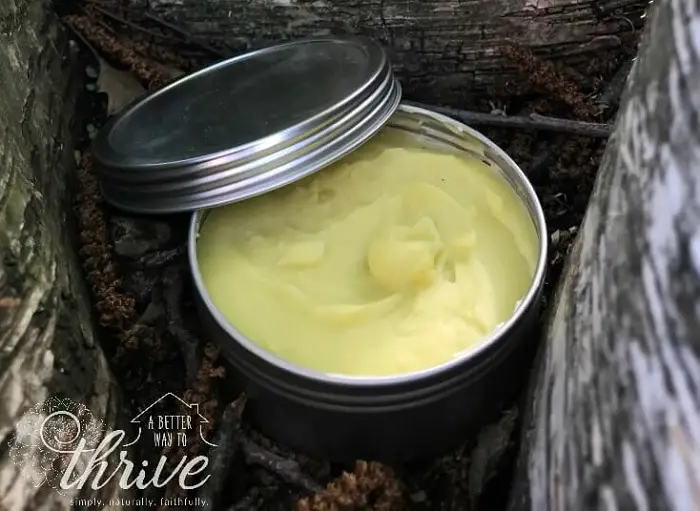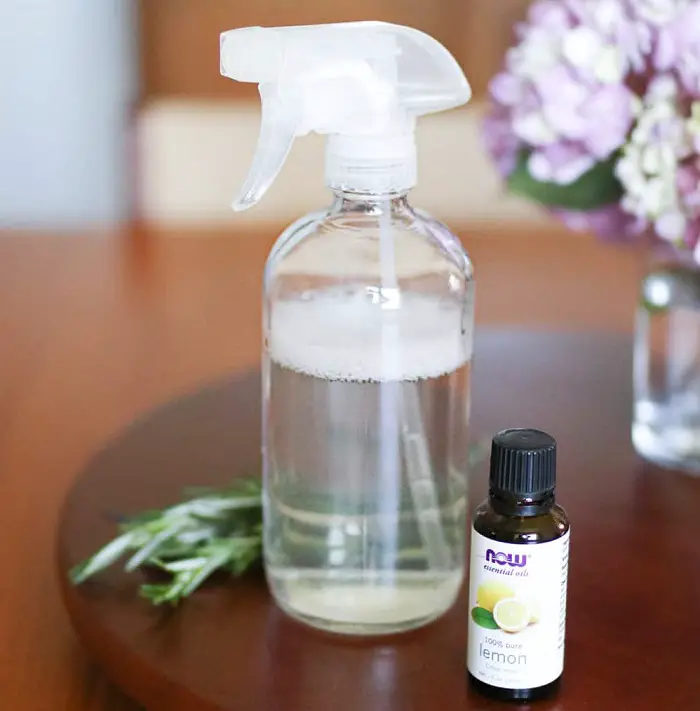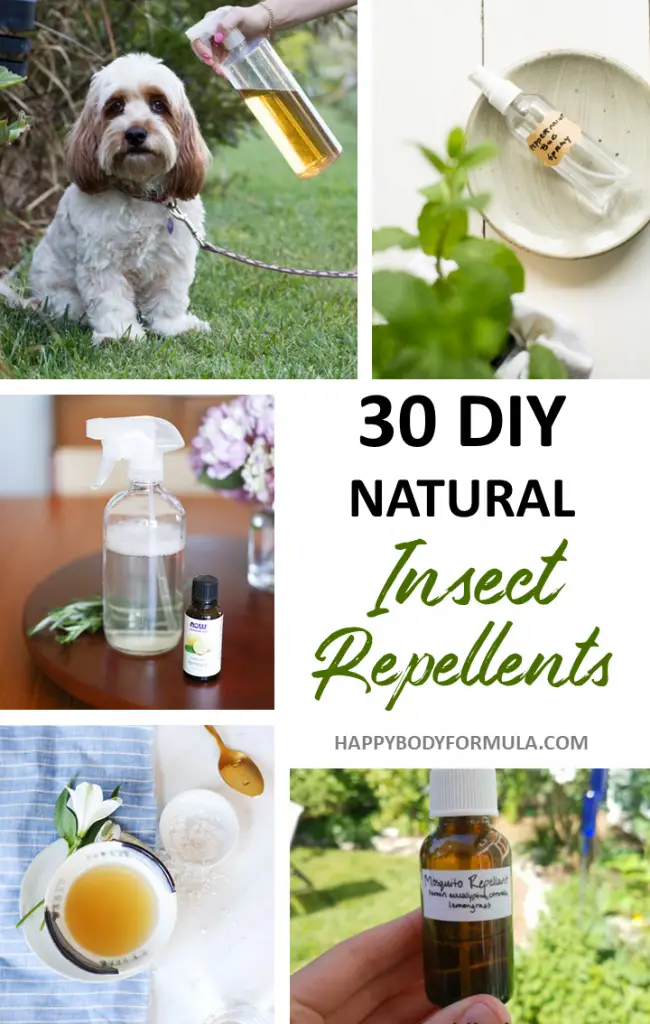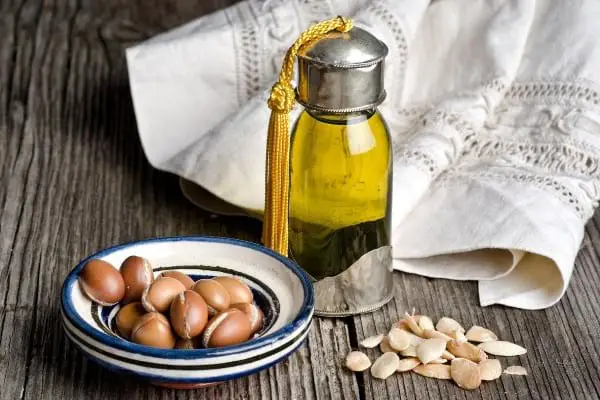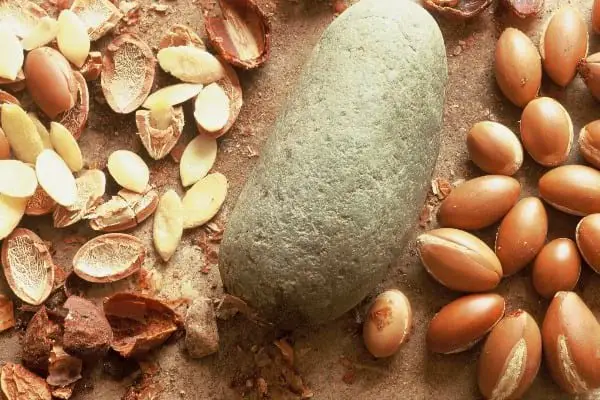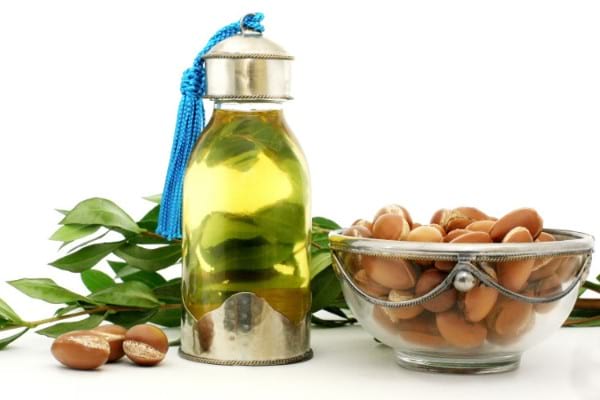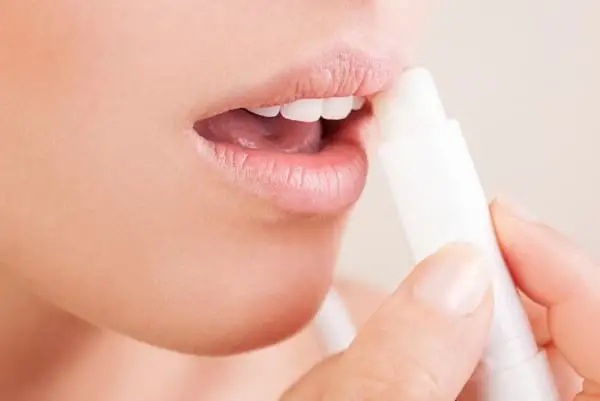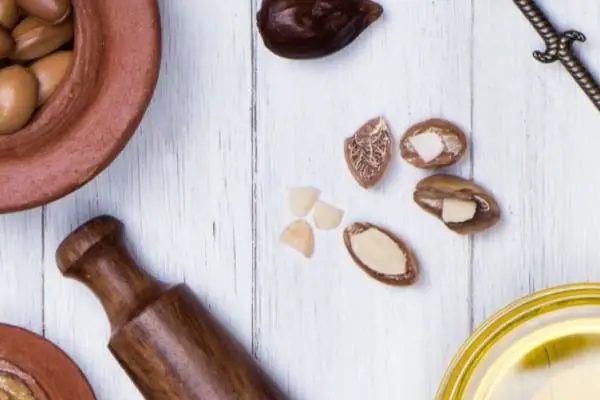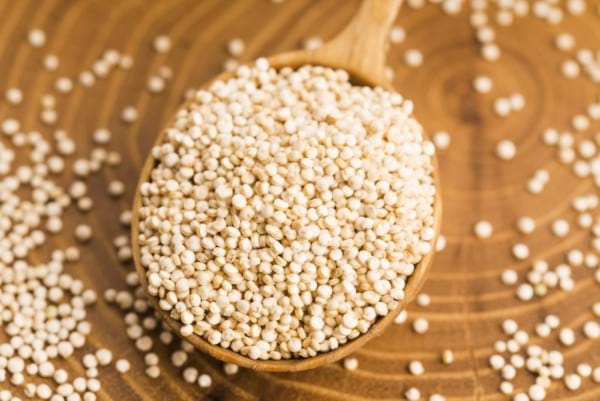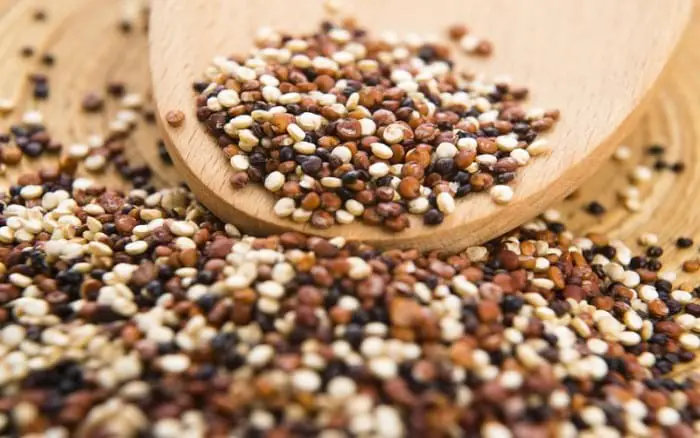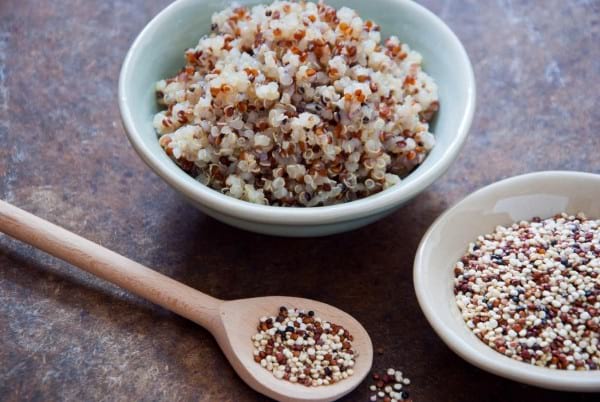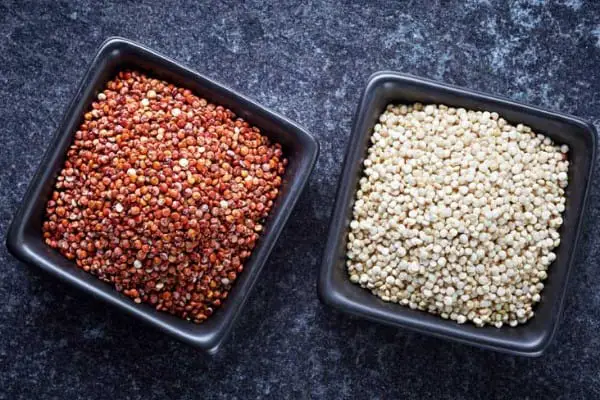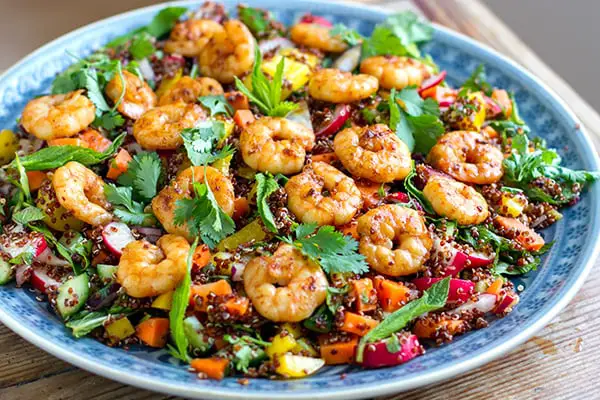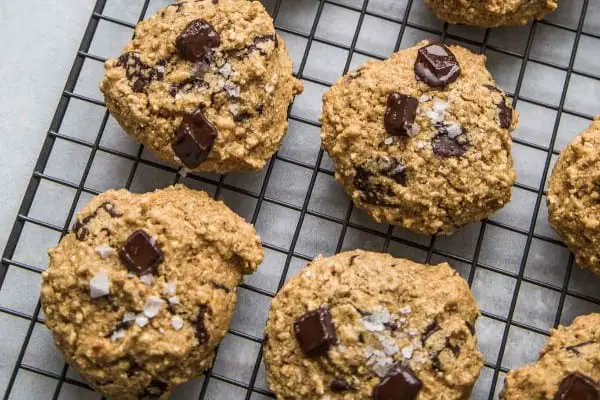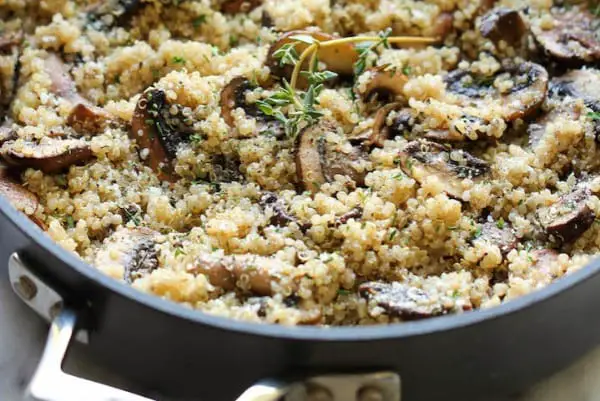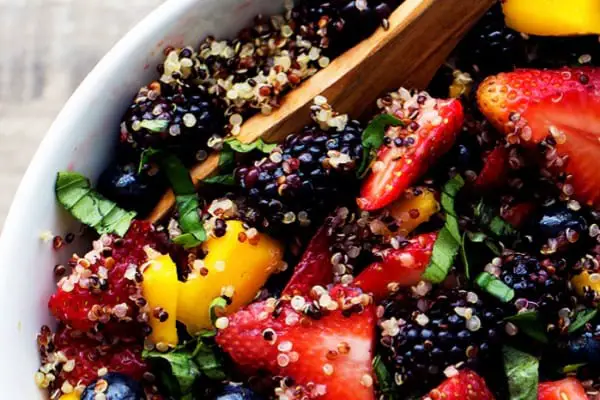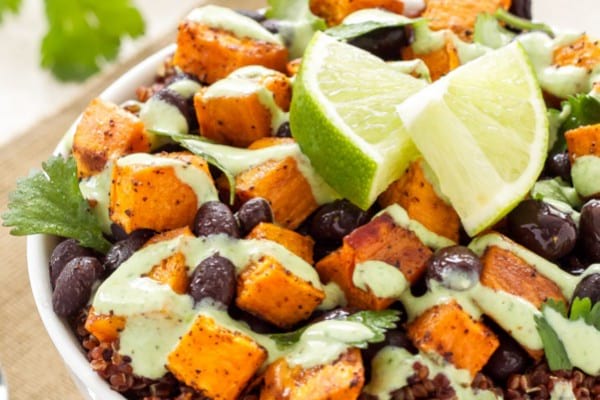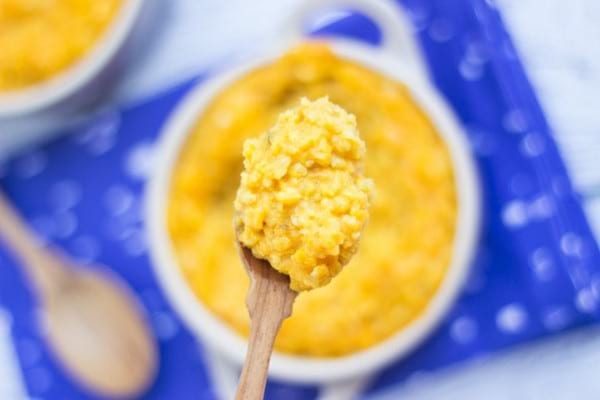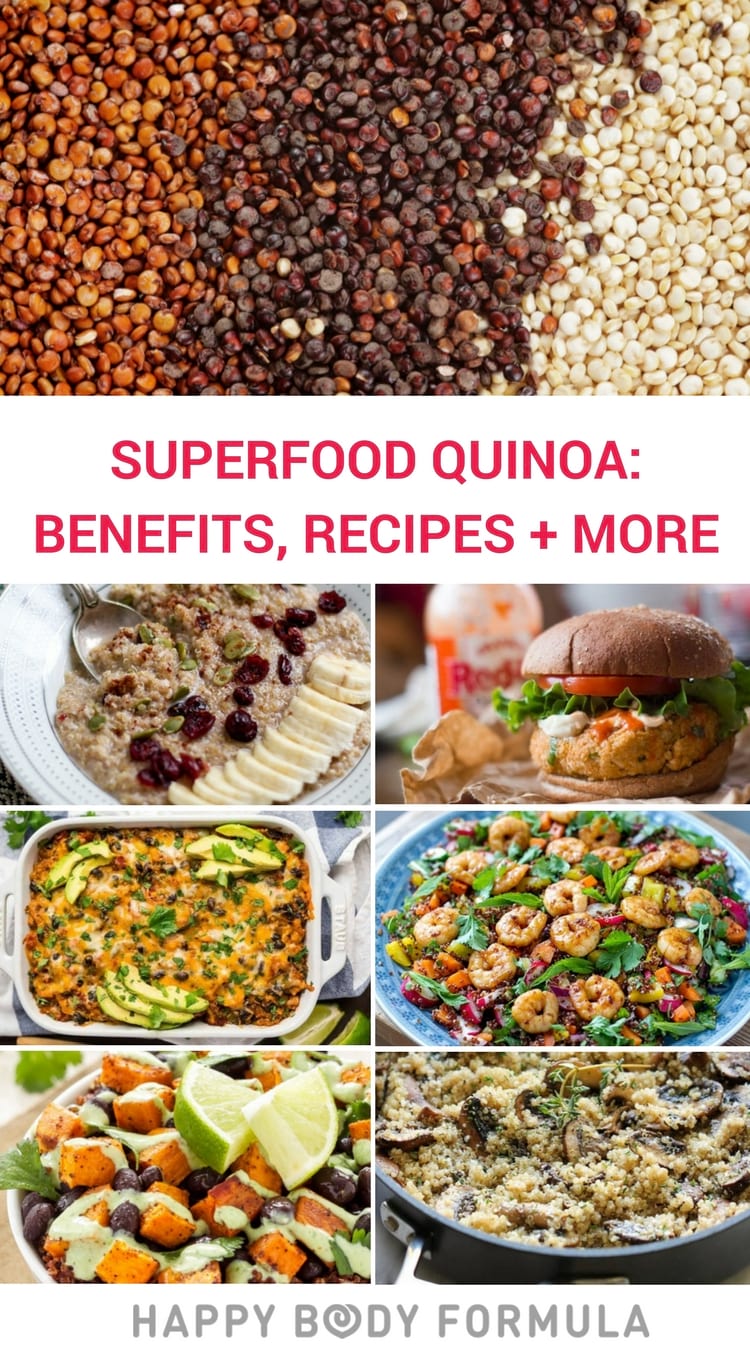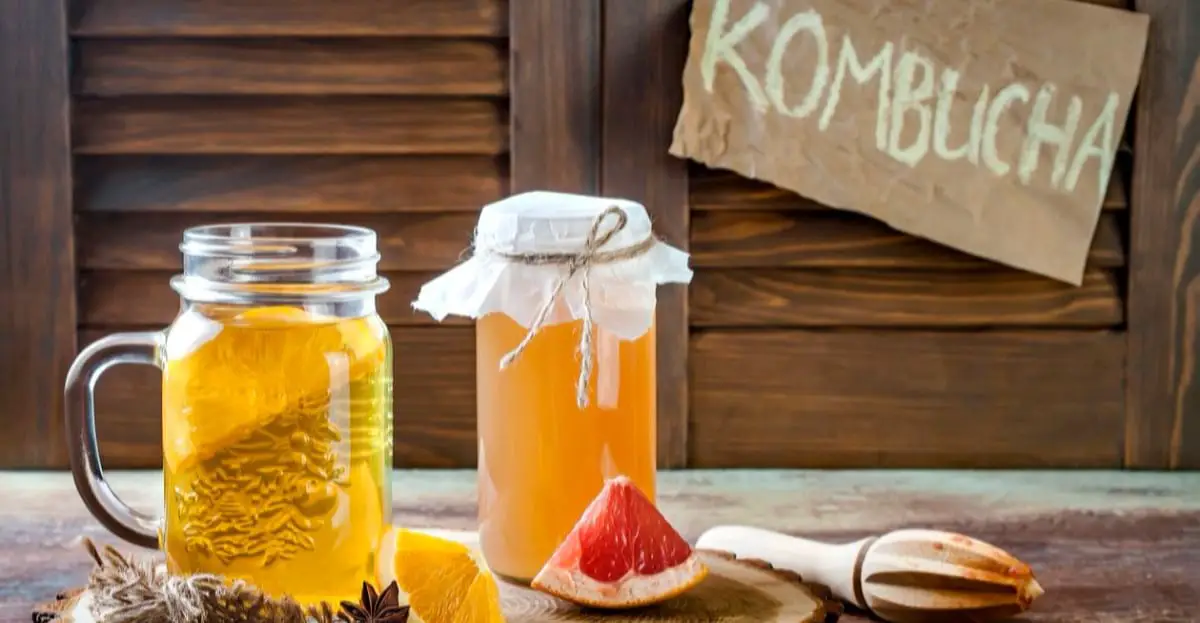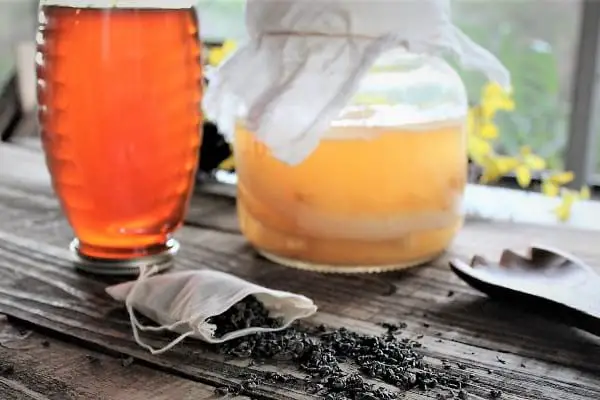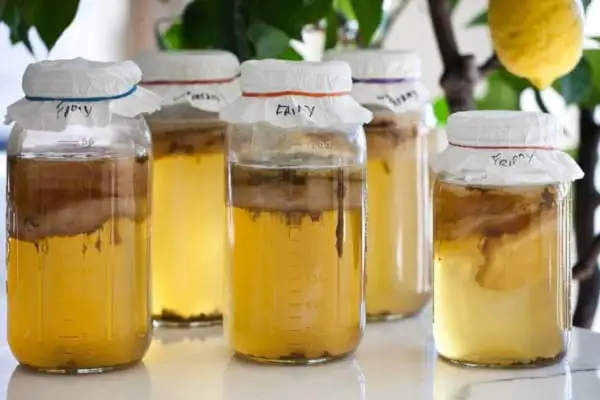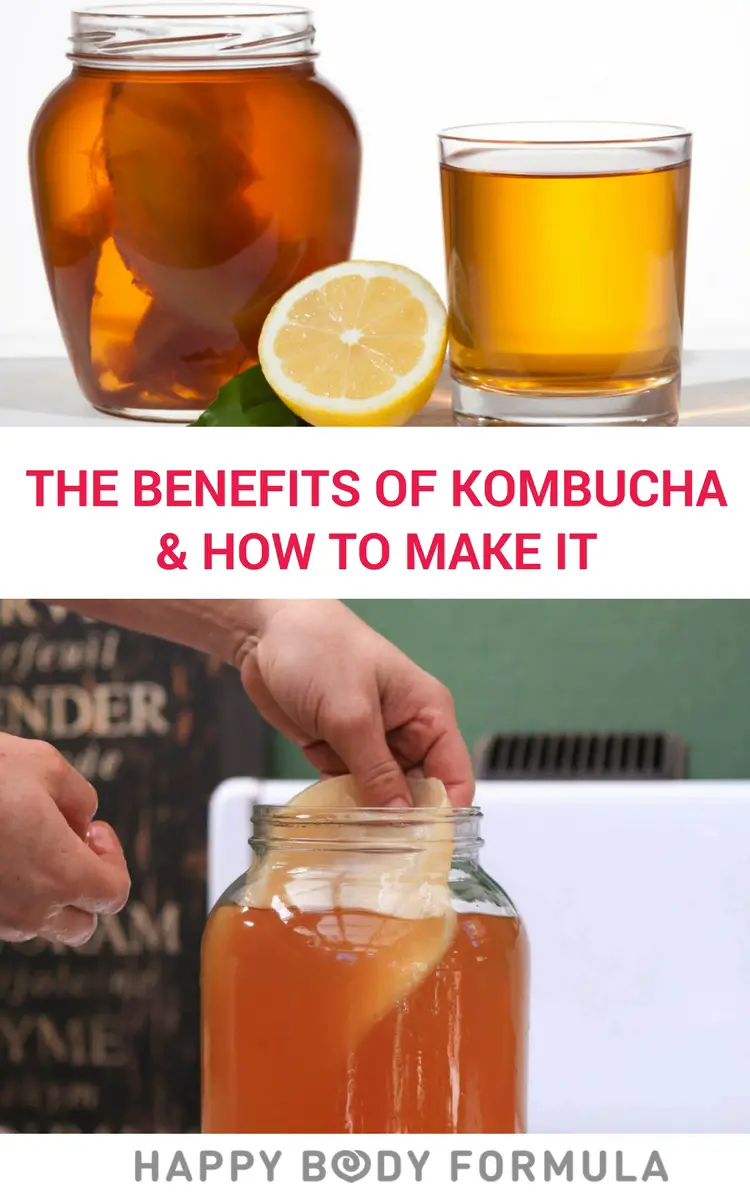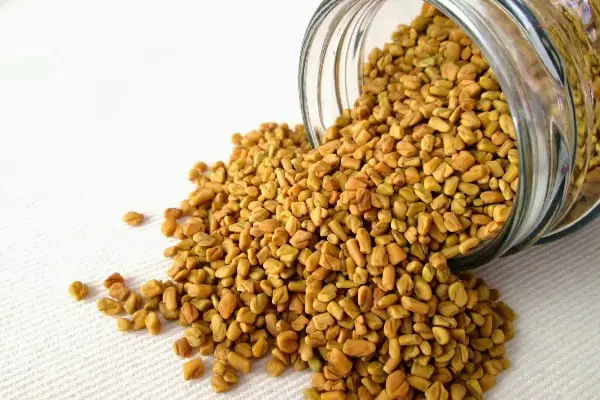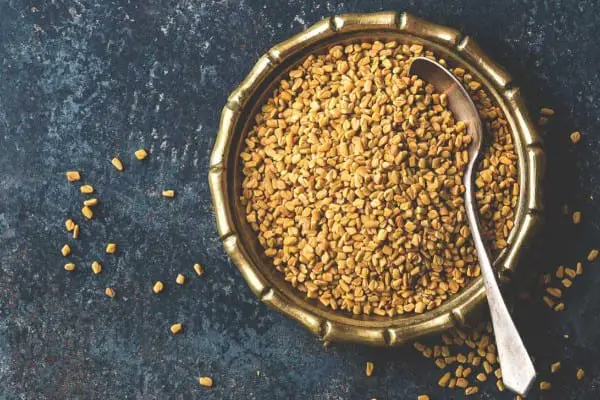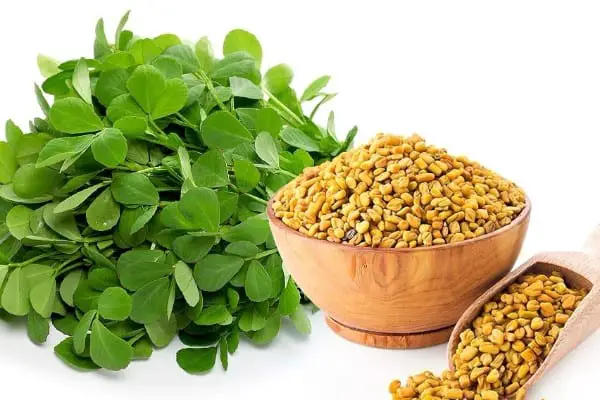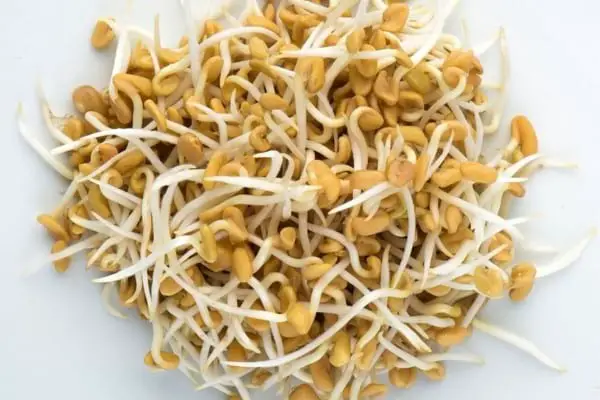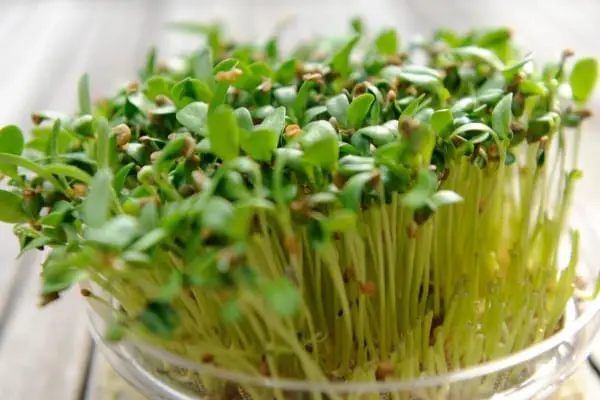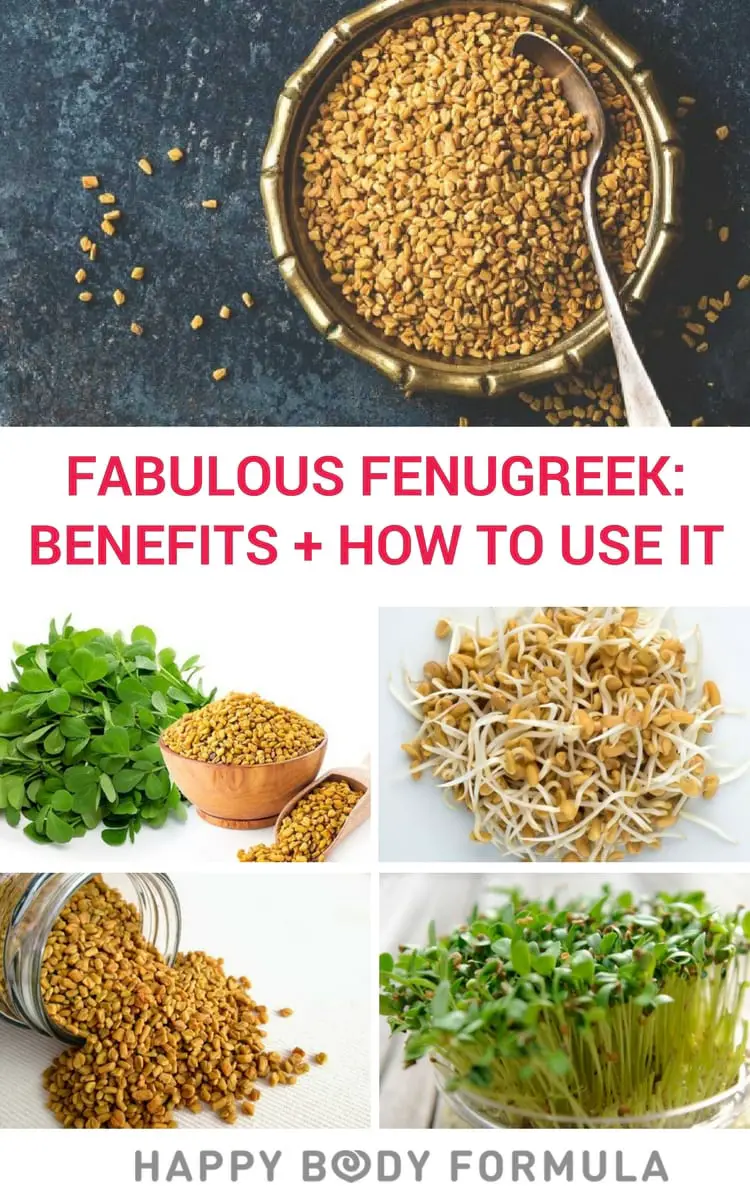Magnesium glycinate is a compound that’s used as a supplement by individuals suffering from low magnesium levels or with magnesium deficiency.
In case you're suffering from medical conditions such as high blood pressure, muscle and nerve problems, or fluctuating blood sugar levels, a medical doctor may prescribe you with magnesium glycinate.
Moreover, it’s believed that magnesium helps in the manufacture of DNA, protein, and bones.
Sources of Magnesium
Natural foods are the best sources of magnesium. These include seaweed; legumes, such as lentils and beans; leafy vegetables, such as spinach and Swiss chard; fish, especially halibut; whole unrefined grains; nuts and seeds, such as sesame seeds, pumpkin, and chia; and, fruits, such as blackberries, bananas, and dried figs.
However, for individuals suffering from a deficiency of magnesium, it’s thought that supplements containing high levels of magnesium, like magnesium glycinate, can help you boost the levels of magnesium in your body.
Symptoms of Magnesium Deficiency
It’s believed that magnesium deficiency may lead to psychological and neuromuscular symptoms, such as anxiety, depression, irritability, delirium, insomnia, hyperexcitability, and lack of energy.
Uses of Magnesium Glycinate
In most cases, you’re recommended to take magnesium supplement if you’re experiencing poor magnesium absorption. A magnesium supplement may also be used as a way of preventing or treating very low amounts of magnesium in your blood.
Medical professionals believe that some brands of magnesium supplements are useful in treating stomach acids, such as stomach upset, acid indigestion, and heartburn.
Additionally, magnesium is thought to be essential when it comes to the normal workings of your body cells, muscles, nerves, bones, and your heart. It's recommended that an individual should have a balanced diet to help them keep their magnesium levels at an optimum.
Some circumstances are thought to result in a faster loss of magnesium in your body than it’s being replenished by your diet. Some of these circumstances are poor diet, medical issues, such as severe vomiting, diarrhea, intestinal or stomach absorption challenges, and poor control of diabetes.
Low levels of magnesium may also be a result of ‘water pills’ treatments or diuretics, such as hydrochlorothiazide and furosemide.
Even though there are many types of magnesium supplements, magnesium glycinate is one that’s highly used in the market. It's usually recommended that you use it with food to reduce the effects of stomach upsets.
Furthermore, magnesium glycinate is thought to be the gentlest with your stomach and have fewer side effects.
However, in case you’re under some kind of medication, you need to be guided by your medical doctor or pharmacist on how to use the supplement. If it’s a long-term medication, they may prescribe for you a plan that you can use alongside your medication.
People with kidney problems should exercise a lot of caution with magnesium glycinate because kidney health problems are believed to create difficulties in terms of expelling excess magnesium from your body.
Dosage
Magnesium is available in pharmacies or any authorized dispensary in several forms, such as capsules, oils, Epsom salts, magnesium creams, and drinkable powders. These different types help different kinds of people.
Some individuals do take magnesium glycinate for sleep, while others may prefer Epsom salt baths. Also, others may be enthusiasts of powdered magnesium to help in recovering from post-workout aches.
Using Magnesium Glycinate Tablet
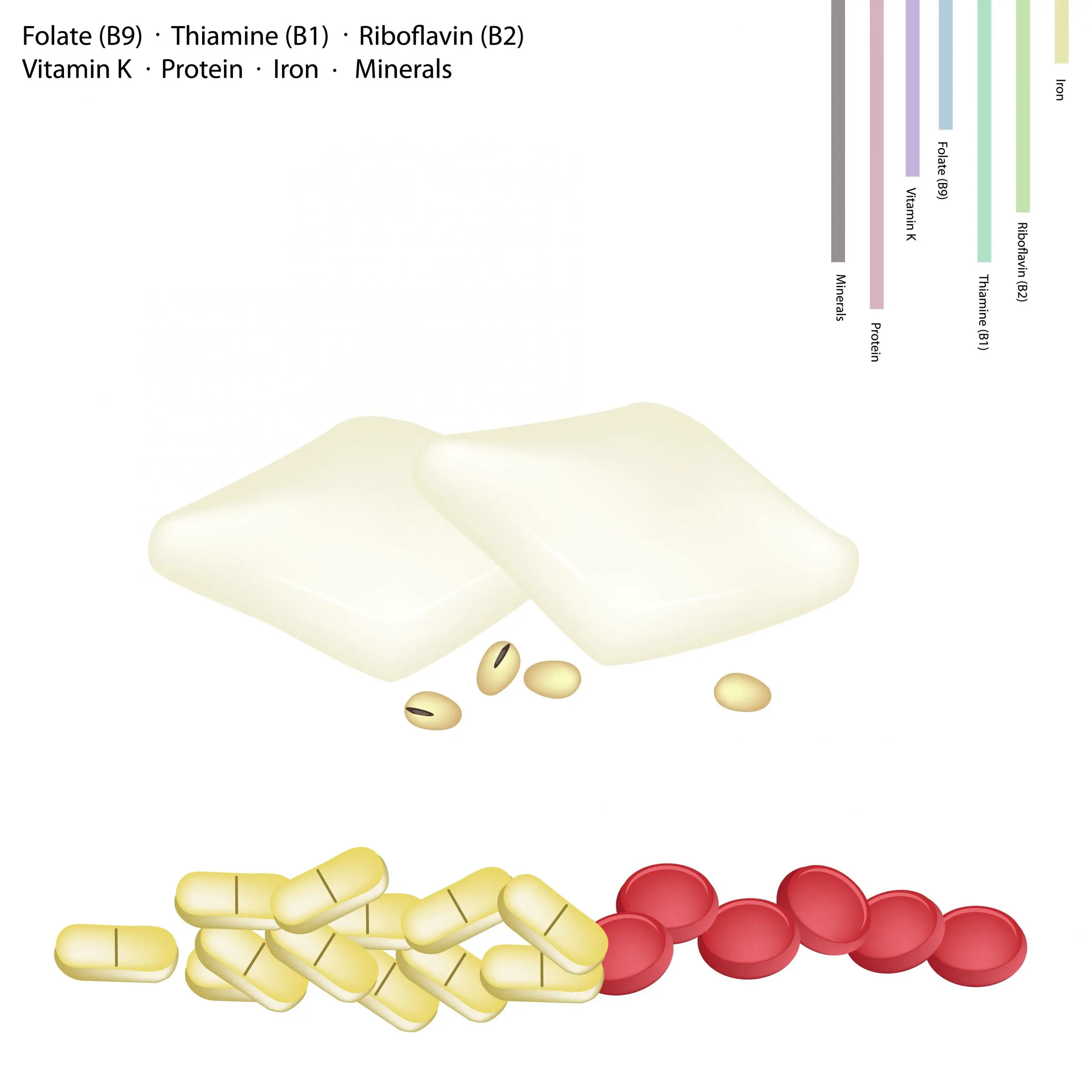
Magnesium tablets are to be taken by mouth, as instructed by a doctor. Ensure that you keenly follow the medical instructions of your doctor, and where you need clarification, you can ask your pharmacist or your doctor.
Most medical practitioners may direct you to take magnesium supplements during meals to lower the effects of stomach upsets or diarrhea. However, in case of some other conditions, you might be directed differently.
It's advised that you should take every dose with a full glass of water (240 milliliters or 8 ounces), except for special instructions from your doctor.
Ingest the extended-release capsules and also the delayed-release or enteric-coated capsules or tablets whole; don’t crush them. It's believed that doing so pours all the drugs in your stomach at once, which may raise the risk of side effects.
Moreover, you’re discouraged from cutting the tablets into two, except for those that have a score line or when your doctor has given you a go-ahead to do so.
So, you should only swallow the tablets whole or split them when permitted by the doctor without chewing or crushing.
Benefits of Magnesium Glycinate
It May Improve Your Sleep
Many people with sleeping difficulties use magnesium glycinate for sleep. This is because it’s thought to have the capability of helping your muscles relax or relieve you from stress, which is believed to be the chief cause of lack of sleep.
Medical doctors believe that magnesium glycinate supplements may improve insomnia. Also, magnesium may help you gain more hours of sleep because of reduced stress in your nervous system.
Additionally, magnesium glycinate supplements are believed to help you achieve a healthy circadian rhythm, which may help your body get natural sleep easily and a feeling of refreshment after waking up.
If you struggle with lack of sleep, it’s advised that you should have the right kind of mattress. You should also use a proper pillow, such as a lavender pillow that’s excellent in ensuring that your neck and head are resting well and at the right angle.
It May Regulate Your Blood Pressure
It's thought that magnesium glycinate may significantly help normalize your blood pressure. This is believed to work well with diastolic and systolic pressures.
It May Improve Your Memory
Magnesium glycinate is believed to contain magnesium L-threonate, which is said to have potential benefits to your brain and may help you fight brain disorders, such as age-associated memory loss and depression.
Magnesium also promotes synaptic plasticity, especially in cultured brain cells.
Moreover, scientists believe that magnesium is integral in the relay of signals from your brain to other parts of the body. It functions as the doorway for the N-methyl-D-aspartate (NMDA) receptors, which exist in your nerve cells and help in the development of the brain, learning, and memory.
Some important amino acids in neurotransmitters are found in magnesium glycinate.
If you experience very low and high levels of magnesium, you stand the risk of suffering from dementia.
It May Control Your Blood Sugar
Keeping your blood sugar levels regulated can be a difficult task, especially for the elderly. However, medical professionals believe that magnesium glycinate helps regulate your blood sugar.
It's thought that magnesium aids in the breakdown of sugar, which is useful in regulating insulin resistance and the breakdown of carbohydrates.
Scientists believe that consuming magnesium supplements has the potential of raising the level of magnesium in your blood, which helps in controlling diabetes. In case you’re in the pre-diabetes stage, magnesium supplements may have you preventing the attack of the two types of diabetes.
It May Help In The Development of Healthy Bones
Apart from calcium, which is essential for bone health, magnesium is also thought to be integral in the process of bone formation.
It's also believed to have an influence on the parathyroid hormone and vitamin D levels, which are involved in the formation of your bones. Therefore, to have healthy bones, you need to have the correct concentration of magnesium in your body.
It May Help In Managing Premenstrual Syndrome (PMS) Symptoms
Doctors believe that consuming magnesium at the recommended dosage (250 mg in a day) may help your body in managing premenstrual syndrome symptoms.
Scientists believe that PMS in some patients may trigger suicidal thoughts, as well as cause dissociation with family members, poor work performance, and strained personal relationships.
It’s thought that magnesium may help in lowering prostaglandins and easing menstrual cramps among women. Moreover, magnesium may help in the detoxification of estrogen, thus, easing PMS.
It May Help In Reducing Leg Cramps
It's thought that magnesium glycinate may help in alleviating pregnancy-induced leg cramps. Doctors believe that taking 300 mg of magnesium glycinate each day lessens the rate of leg cramps and their intensity by 50%.
It Has Fewer Side Effects
Medical practitioners believe that magnesium glycinate has more bioavailability and has gentler effects on your stomach compared to other types of magnesium supplements.
It May Reduce Headaches And Migraines
It’s thought that magnesium glycinate is effective in providing nutritional value to patients with magnesium deficiency, which causes migraines. Individuals with frequent migraines are advised to take magnesium supplements.
It May Lower The Severity Of Asthmatic Attacks
Because of the ability of magnesium to help in relaxing your muscles, it’s thought that it can help lessen your asthmatic spasms. Magnesium is a bronchodilator, and it’s thought to expand the airways and bronchial muscles, allowing more air to move in and out of your lungs.
This may significantly relieve your asthmatic symptoms, like shortness of breath.
It May Reduce The Risk of Stroke and Heart Failure
Magnesium glycinate is believed to lower the risk of suffering from stroke and heart failure. Medical doctors advise that low magnesium levels in your body in a protracted time puts you at risk of the aforementioned conditions.
However, maintaining the right amount of magnesium is believed to equip your body with a defensive mechanism.
It May Help With Chronic Fatigue
It's also thought that you can use magnesium glycinate supplement to treat chronic fatigue syndrome. However, doctors believe that this is an area that needs more scientific studies.
Potential Risks of Magnesium Glycinate
Even though magnesium glycinate is associated with the above-mentioned benefits, consuming high volumes of dietary magnesium supplements may cause serious effects, such as diarrhea, stomach cramps, and nausea.
Moreover, overconsumption of magnesium may cause you to start experiencing irregular heartbeat, which can lead to cardiac arrest.
Magnesium supplements, including magnesium glycinate, may cause poor functioning of these medicines:
- Antibiotics: It’s thought that your body may experience challenges when absorbing antibiotics, especially if you take them soon after or before a magnesium supplement dose.
- Bisphosphonates: These are drugs that you use to treat osteoporosis. You may experience challenges in the absorption of these drugs, especially when taken soon after taking magnesium supplements and other drugs containing high levels of magnesium.
Medical doctors believe that taking your antibiotics two hours before taking your supplements or four to six hours after consuming your magnesium-containing supplements helps in reducing the reaction of magnesium supplements and antibiotics.
Although magnesium glycinate is prescribed because of its benefits, it’s, at times, associated with rare allergic reactions. Some of the allergic reactions of magnesium glycinate are swelling/itching (common on your face, throat, or tongue), rash, breathing troubles, and severe dizziness.
Common skin conditions that you may experience are:
- Eczema: With this, your skin becomes inflamed, scaly, red, and itchy.
- Granuloma Annulare: This is a skin condition that results in circular-shaped rashes, as well as reddish bumps.
- Lichen Planus: The symptoms of lichen planus skin disorder include flat-topped shiny bumps. They are angular in shape and appear to be reddish-purplish. They mostly occur on your ankles, wrists, at your back, your lower legs, and on your neck.
- Pityriasis Rosea: This skin condition is believed to begin with a scaly, large, pink patch on your skin at your back or your neck. It may start with the appearance of one patch, which is, then, followed by other patches.
Severe hypermagnesemia is believed to result from prolonged consumption of over-the-counter laxatives. This may result in fatal effects among individuals with renal (kidney) problems because your kidneys aren’t working in the optimal state, making it hard to remove magnesium from your body.
Bottom Line
Even though magnesium glycinate is generally safe for many people, ensure that you’ve received prescriptions from a trusted medical doctor, especially if you’ve bought over-the-counter supplements or if you have underlying medical conditions, such as kidney problems.
You also have to let your medical doctor know the type of medication that you’re using so that you can be given a good plan for your supplements to avoid adverse reactions.
However, there are many benefits that you can enjoy by using magnesium glycinate, such as improving your sleep, regulating your blood sugar, controlling blood pressure, improving your memory, promoting growth of healthy bones, managing premenstrual syndrome, reducing leg cramps during pregnancy, reducing headaches and migraines, and controlling the severity of your asthmatic attacks.

Lauren Gamble is an author, mompreneur, co-founder of Naturally Made Essentials. She is on a mission to help thousands of women across the world achieve a healthy, happy lifestyle through teaching natural health practices.



